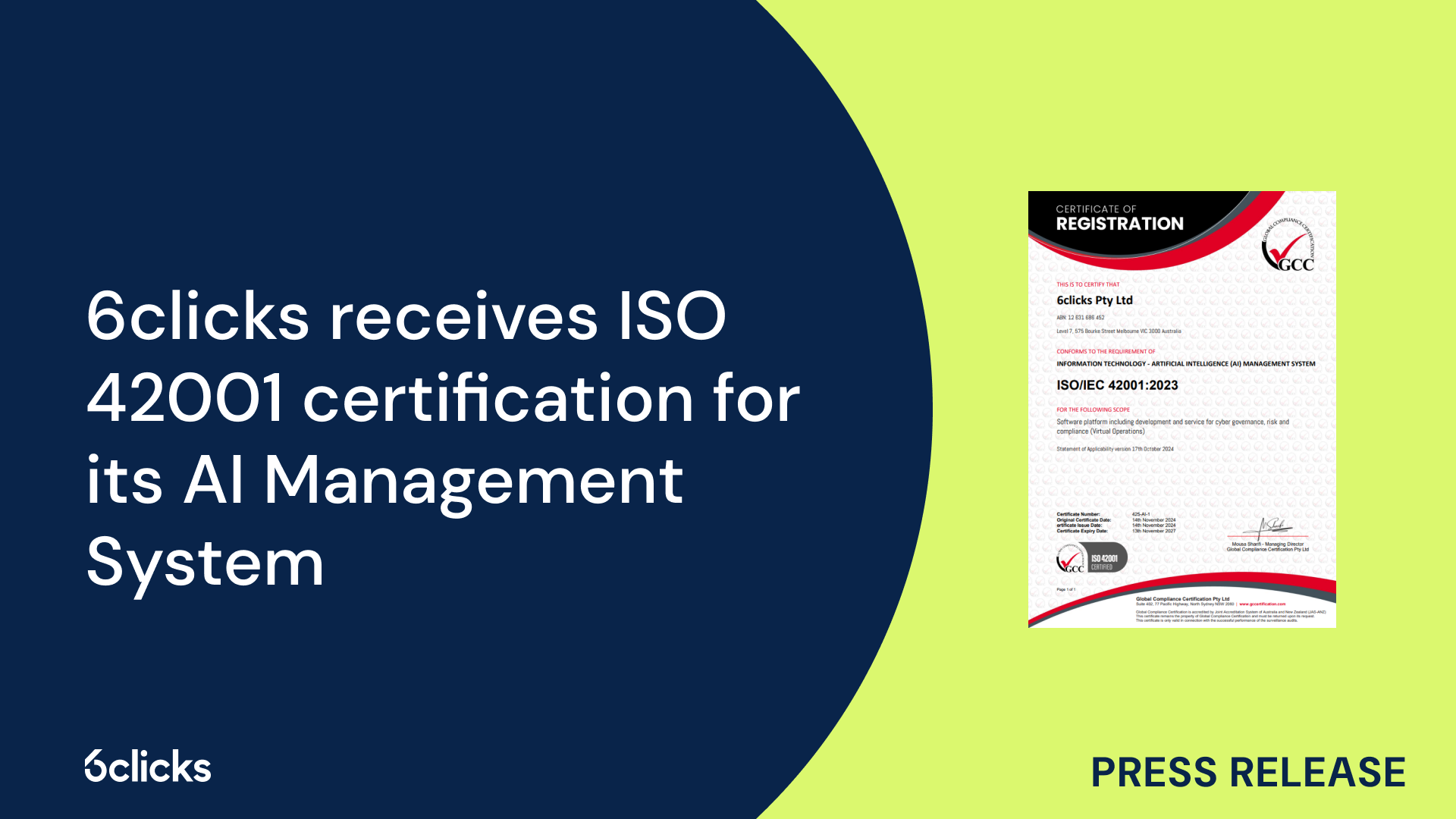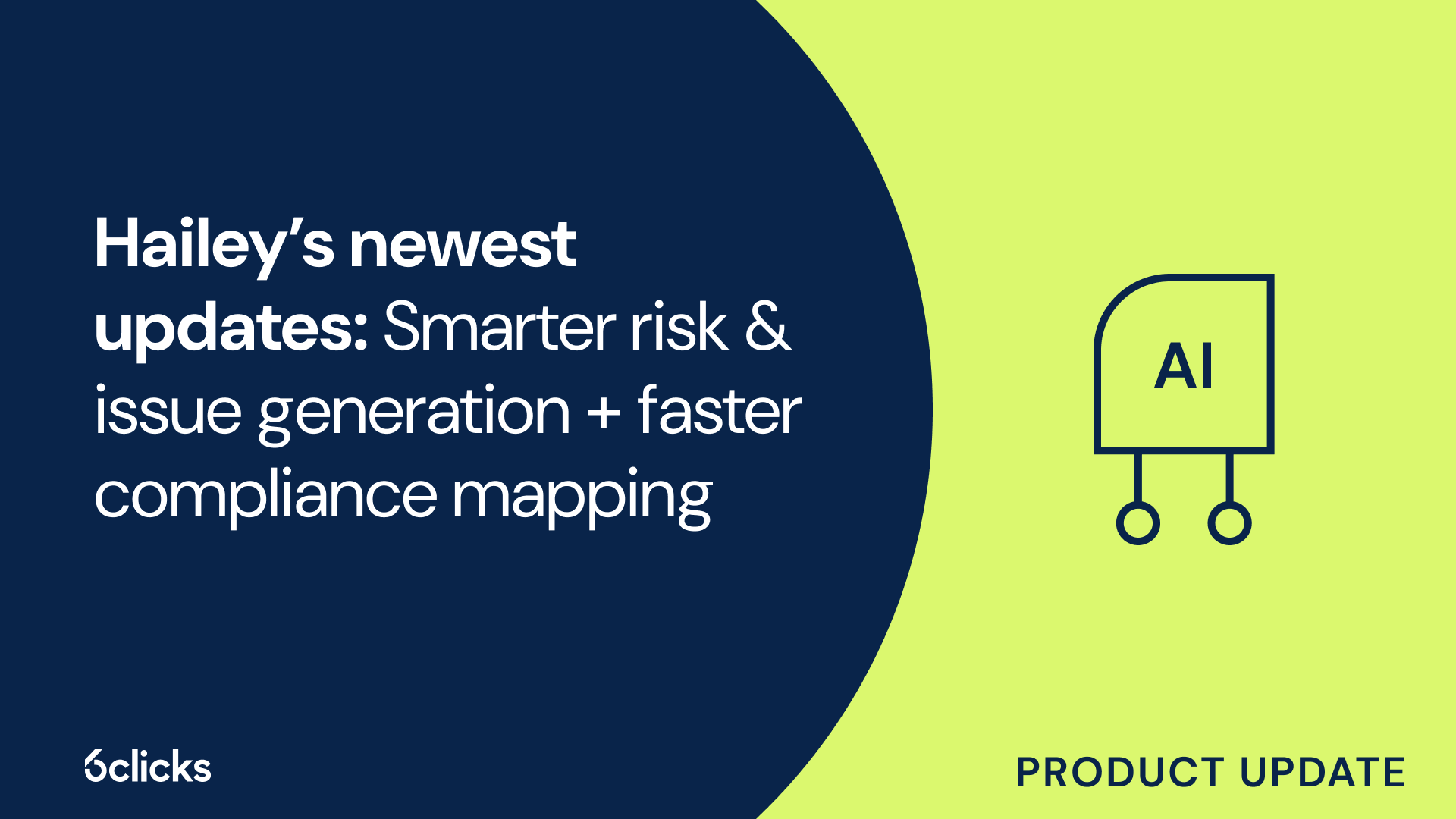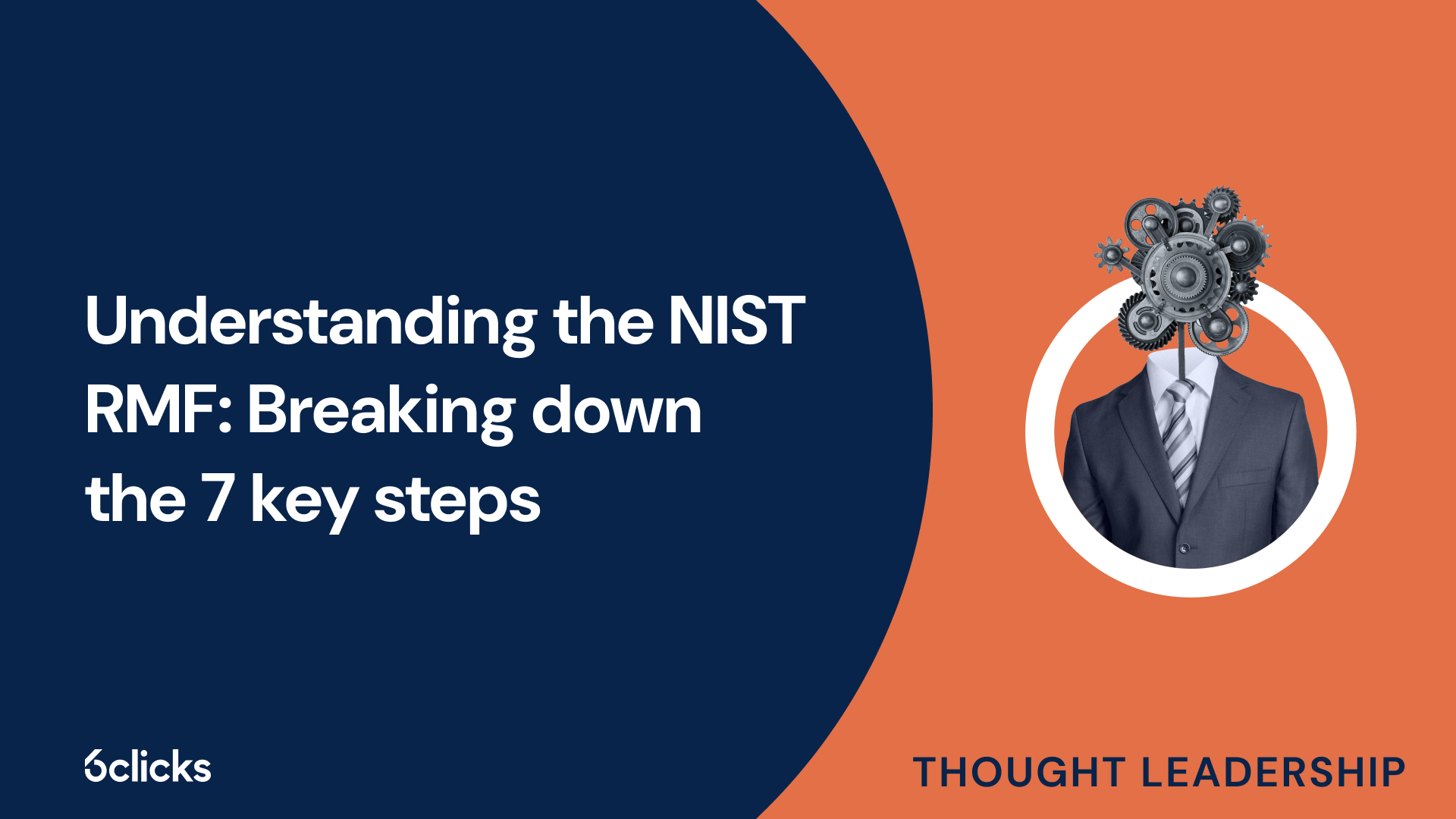What does ISO 27001 protect?
What is ISO/IEC 27001?
ISO/IEC 27001 is an international standard that provides a framework for establishing, implementing, maintaining, and continually improving an information security management system (ISMS). The standard sets out a comprehensive approach to managing information security, encompassing various aspects such as security policies, risk management processes, asset management, access controls, and incident management. ISO/IEC 27001 helps organizations identify and address security risks, protect against unauthorized access to information, and safeguard intellectual property. It also ensures compliance with legal and regulatory requirements related to information security. By following ISO/IEC 27001, organizations can establish robust security measures, increase resilience against security threats, and demonstrate their commitment to the protection of information. Additionally, achieving ISO/IEC 27001 certification from a reputable certification body signifies that organizations have implemented effective security controls and management systems, giving stakeholders confidence in their ability to manage information security risks.
What is the purpose of ISO/IEC 27001?
ISO/IEC 27001 is an international standard that outlines the requirements for establishing, implementing, maintaining, and continually improving an Information Security Management System (ISMS). The primary purpose of ISO/IEC 27001 is to protect the confidentiality, integrity, and availability of critical business information.
By implementing ISO/IEC 27001, organizations can identify and manage their information security risks, ensuring the implementation of suitable security controls to mitigate those risks. This systematic approach helps organizations to preserve the confidentiality of sensitive data, maintain the integrity of information, and guarantee its availability when needed.
ISO/IEC 27001 certification is also crucial in demonstrating an organization's commitment to information security. Achieving certification means that an external audit by a certification body has verified adherence to the stringent requirements of this international standard. This certification provides reassurance to stakeholders, customers, and partners that an organization has implemented robust security measures and is committed to protecting sensitive information.
In today's rapidly evolving threat landscape, ISO/IEC 27001 certification holds immense value. It not only helps organizations mitigate security risks, protect intellectual property, and satisfy regulatory requirements but also provides a competitive advantage by demonstrating a commitment to internationally recognized information security standards.
Security policies
Security policies are an essential component of ISO/IEC 27001, providing organizations with a framework for establishing, implementing, maintaining, and continually improving their information security management system (ISMS). These policies act as guidelines for employees, outlining the organization's approach to managing information security and establishing expectations for secure behavior. Security policies cover a wide range of areas, including access controls, physical security measures, incident management, risk assessments, business continuity planning, and compliance with legal and regulatory requirements. By implementing comprehensive security policies, organizations can enhance their overall security posture, reduce the risk of security incidents, protect intellectual property, and ensure the confidentiality, integrity, and availability of sensitive information.
Overview of security policies
Security policies are an essential component of an organization's information security management system (ISMS). They help establish guidelines and procedures to protect sensitive information from security risks and threats, both internal and external. These policies ensure that employees are aware of their roles and responsibilities in maintaining the security of the organization's systems and data.
A systematic approach should be followed when creating security policies. This includes writing, approving, and distributing policies to ensure that everyone in the organization understands and adheres to them. Policies should be documented and regularly reviewed to keep them up to date with changing security requirements and regulatory standards.
One key area covered under security policies is operations security. This involves protecting operational software, addressing vulnerabilities, mitigating malware attacks, implementing data backup strategies, and conducting ongoing monitoring. By having clear policies in place, organizations can effectively manage and mitigate security risks associated with their operational activities.
Benefits of security policies
Security policies play a crucial role in the context of ISO 27001 certification, providing numerous benefits to organizations in their efforts to safeguard their data and ensure cybersecurity. These policies serve as a comprehensive framework that helps organizations streamline their data security measures.
By implementing security policies aligned with ISO 27001 standards, organizations can effectively minimize security incidents. These policies establish guidelines and procedures for handling sensitive information, protecting against unauthorized access, and managing security risks. A systematic and proactive approach to security reduces the likelihood of breaches, data leaks, and cyber attacks.
Furthermore, security policies contribute to regulatory compliance, ensuring that organizations meet the necessary requirements to protect their data. With a well-defined set of policies in place, organizations can demonstrate their commitment to safeguarding information, thus minimizing the risk of legal consequences and reputational damage.
Another advantage of security policies is their ability to protect intellectual property. These policies outline measures to safeguard proprietary information and trade secrets, preventing unauthorized access or disclosure. By implementing robust security controls and access controls, organizations can mitigate the risk of intellectual property theft and maintain their competitive advantage.
How to implement security policies
To successfully implement security policies aligned with ISO 27001 standards, organizations need to follow a systematic approach. Here are the steps involved in implementing security policies:
- Creation and Approval: Begin by creating security policies and procedures that address the organization's specific security needs. These policies should be aligned with ISO 27001 requirements. The policies should then be reviewed, approved, and endorsed by senior management to ensure their validity and support.
- Regular Documentation and Review: It is crucial to document the security policies properly. This includes specifying roles and responsibilities, procedures for incident reporting and response, and guidelines for access control and data protection. The policies should be easily accessible to all employees and regularly reviewed to ensure they remain up to date and effective.
- Employee Education and Training: Outlining steps for employees to prevent security incidents is essential. Conduct regular training sessions to educate employees about security protocols, including the importance of strong passwords, safe browsing habits, and the responsible use of mobile devices. Emphasize the consequences of security incidents and the role each employee plays in maintaining a secure environment.
- Protection of Operational Software: Implement controls to protect operational software from unauthorized access, misuse, or alteration. This may include measures such as access controls, software patch management, and password policies. Regular vulnerability assessments and penetration testing should be performed to identify and address any software vulnerabilities.
- Mitigation of Malware Attacks: Deploy software solutions and establish procedures to detect and mitigate malware attacks. Keep antivirus and anti-malware software up to date, regularly scan systems for malware, and ensure that employees are aware of the risks associated with opening suspicious email attachments or visiting malicious websites.
- Data Backup and Monitoring: Establish procedures for regular data backups to protect against data loss or corruption. Implement ongoing monitoring and logging practices to detect any unusual activities or security events. Data breaches and security incidents should be promptly investigated and responded to.
By following these steps and regularly reviewing and updating security policies, organizations can effectively protect their operational software, prevent security incidents, and mitigate potential risks, all in line with ISO 27001 standards.
Internal audits
Internal audits play a crucial role in the ISO 27001 certification process and the overall security management of an organization. These audits involve a systematic and independent examination of an organization's security controls, policies, and processes to ensure they are in line with ISO 27001 requirements and effectively mitigate security risks. Internal audits help identify any gaps or weaknesses in the organization's security measures, allowing for timely corrective actions to be taken. By conducting regular internal audits, organizations can continuously assess and improve their security management systems, ensuring the protection of sensitive data, intellectual property, and the overall resilience against security incidents. Additionally, internal audits help organizations meet regulatory requirements and demonstrate their commitment to maintaining a secure and reliable environment for both their stakeholders and customers.
Overview of internal audits
Internal audits play a crucial role in the ISO/IEC 27001 framework as they help organizations assess and improve their information security management systems (ISMS). The purpose of internal audits is to evaluate the effectiveness and implementation of security policies, controls, and procedures within the organization.
The process of conducting internal audits involves systematically examining the organization’s ISMS against the requirements of ISO/IEC 27001. Auditors, who can be internal or external to the organization, review documentation, interview employees, and observe operations to verify compliance with the standard. They also identify any non-conformities or areas of improvement that need to be addressed.
The benefits of conducting internal audits are multifaceted. First, they ensure that the organization meets the requirements of ISO/IEC 27001 and complies with relevant regulatory requirements. Second, internal audits enable organizations to identify and mitigate security risks, protecting their valuable assets such as intellectual property and sensitive customer information. Third, internal audits contribute to the continual improvement of the ISMS by identifying opportunities for enhancing security controls and processes.
By maintaining a systematic and ongoing process of internal audits, organizations can proactively identify weaknesses in their information security practices and address them promptly. This not only helps in achieving and maintaining ISO/IEC 27001 certification but also builds a robust security posture, safeguarding the organization from potential security incidents and enabling business growth with confidence.
Benefits of internal audits
Internal audits play a crucial role in the continual improvement process of an organization's Information Security Management System (ISMS) in accordance with ISO/IEC 27001. These audits bring numerous benefits that contribute to maintaining and enhancing the security posture of an organization.
One key benefit is their role in monitoring compliance with the ISO/IEC 27001 standard. Internal audits systematically assess the organization's practices, policies, and procedures, ensuring they align with the requirements of the international standard. By regularly reviewing and evaluating the ISMS, internal audits help identify any deviations or non-conformities, enabling prompt corrective actions.
Moreover, internal audits act as an essential tool for identifying flaws and weaknesses in an organization's security measures. By thoroughly examining various aspects of the ISMS, including security controls, access controls, operations security, and asset management, these audits pinpoint vulnerabilities and areas that require improvement. Addressing these weaknesses helps organizations strengthen their security posture and better protect their valuable assets from security threats and unauthorized access.
Furthermore, internal audits support the continual improvement process of an organization's ISMS. By identifying opportunities for enhancing security controls, processes, and measures, these audits contribute to the ongoing development and refinement of the ISMS, enabling organizations to adapt and respond effectively to the evolving landscape of security risks and cyber threats.
How to conduct an internal audit
Internal audits play a crucial role in assessing the effectiveness and compliance of an organization's Information Security Management System (ISMS) in accordance with the ISO/IEC 27001 standard. They help identify areas for improvement, ensuring the organization maintains a robust security posture and protects its valuable assets from security threats.
The purpose of an internal audit is to provide an independent evaluation of the ISMS, examining its implementation, adherence to security policies and controls, and overall effectiveness. The following are key steps and considerations in conducting an internal audit:
- Planning: Define the scope, objectives, and criteria of the audit. Identify the key processes, policies, and controls to be examined.
- Execution: Gather evidence through interviews, document review, and observations. Evaluate the implementation of security measures, risk management processes, access controls, and incident management procedures.
- Findings and Analysis: Analyze the gathered evidence and identify any non-compliances, deviations, weaknesses, or areas for improvement within the ISMS.
- Reporting: Prepare a detailed report summarizing the audit findings, including strengths, weaknesses, and recommendations for improvement.
- Corrective Actions: Collaborate with stakeholders to develop and implement corrective action plans to address identified non-compliances or weaknesses.
- Follow-up: Monitor the progress and effectiveness of the implemented corrective actions to ensure the identified issues are resolved.
Internal audits provide valuable insights into the effectiveness of an organization's ISMS and help ensure compliance with the ISO/IEC 27001 standard. They serve as a proactive and continuous improvement mechanism, enabling organizations to enhance their security controls and processes to better protect their assets from potential security breaches.
Certification body and international standard
Certification Body:
A certification body is an independent organization that assesses and verifies an organization's conformance to the ISO/IEC 27001 international standard. These bodies play a crucial role in the certification process by conducting audits and evaluations to determine if an organization's Information Security Management System (ISMS) meets the requirements defined in the ISO/IEC 27001 standard. They provide objective and credible certification, giving confidence to customers, stakeholders, and business partners that the organization has implemented effective security controls and practices to protect their information assets. Certification bodies must adhere to strict guidelines and criteria themselves, ensuring the credibility and integrity of the certification process.
International Standard:
ISO/IEC 27001 is an international standard that sets out the requirements for establishing, implementing, maintaining, and continually improving an ISMS. It provides a systematic approach to managing information security risks, protecting sensitive information, and ensuring the confidentiality, integrity, and availability of information assets. ISO/IEC 27001 is recognized globally and widely adopted by organizations in various industries. It helps organizations establish a framework of policies and procedures that consider legal, regulatory, and contractual requirements, as well as the associated risks and opportunities. By adhering to the ISO/IEC 27001 standard, organizations can demonstrate their commitment to information security and instill trust and confidence in their customers and stakeholders.
Overview of certification body and international standard
A certification body plays a crucial role in the ISO/IEC 27001 certification process, providing organizations with an independent assessment of their compliance with the international standard. ISO/IEC 27001 is the reference standard for managing information security risks.
Certification bodies are independent organizations that evaluate an organization's Information Security Management System (ISMS) against the requirements outlined in the ISO/IEC 27001 standard. They conduct audits and assessments to verify the implementation of effective security controls and practices.
During the certification process, the certification body evaluates the organization's conformance to the standard and ensures that all necessary measures are in place to protect information assets. The certification body reviews documentation, conducts interviews, and performs physical inspections and tests to verify compliance.
Once an organization achieves ISO/IEC 27001 certification, the certification body continues to oversee compliance through surveillance audits. These audits ensure that the organization maintains its adherence to the standard and continually improves its information security management system.
Benefits of certification body and international standard
The benefits of a certification body and the international standard ISO/IEC 27001 in relation to information security are significant. By aligning with this standard, organizations can demonstrate their commitment to data security, improve their risk management processes, and attract high-quality candidates and business partners.
Obtaining ISO/IEC 27001 certification from an accredited certification body proves that an organization has implemented and maintains an effective Information Security Management System (ISMS). This certification not only enhances an organization's reputation but also instills confidence in customers and stakeholders. It shows that the organization is serious about protecting sensitive information and is committed to complying with the highest industry standards.
Aligning with ISO/IEC 27001 helps organizations improve their risk management practices. It enables them to identify and assess potential security risks and develop appropriate risk treatment plans. By implementing rigorous controls and continuous monitoring, organizations can reduce the likelihood and impact of data breaches, ensuring the security and integrity of their information assets.
ISO/IEC 27001 certification also brings multiple advantages. It reduces excess time and cost commitments by providing a systematic approach to information security management. Compliance with the standard helps prevent regulator fines that may be imposed due to non-compliance with legal or regulatory requirements. Additionally, the certification demonstrates to potential candidates and business partners that the organization takes data security seriously, attracting high-quality talent and fostering strong partnerships.
How to obtain a certification body and international standard
Obtaining certification from a reputable certification body for the ISO/IEC 27001 international standard involves several key steps. Here's a high-level overview of the process:
- Establish an ISO 27001 Team: Designate a team within your organization responsible for implementing and maintaining the Information Security Management System (ISMS). This team should include individuals with expertise in information security and risk management.
- Scope the ISMS: Define the boundaries and scope of your ISMS. This involves identifying the assets, systems, processes, and departments that will be covered by the certification.
- Conduct a Risk Assessment: Assess the potential security risks to your organization's information assets. Identify vulnerabilities and potential threats, and evaluate the likelihood and impact of these risks. This assessment will help you determine the appropriate controls to implement.
- Implement Controls: Develop and implement a set of security controls to mitigate the identified risks. These controls can include technical measures, policies, procedures, and training.
- Document and Collect Evidence: Document all aspects of your ISMS, including policies, procedures, risk assessments, and control implementation. Collect evidence that demonstrates the effectiveness and compliance of your ISMS.
- Internal Audit: Conduct an internal audit to assess the implementation and effectiveness of your ISMS. This audit ensures that your organization is meeting the requirements of the ISO/IEC 27001 standard.
- Certification Body Audit: Engage an accredited certification body to perform an external audit of your ISMS. This audit confirms compliance with the ISO/IEC 27001 standard and verifies the effectiveness of your information security controls.
By following these steps, organizations can successfully obtain certification from a certification body and demonstrate their commitment to protecting sensitive information in accordance with international standards.
Security risks and access controls
In today's digital age, where sensitive information is stored and transmitted electronically, the risks associated with information security have become more prevalent than ever before. Organizations face numerous security risks, such as unauthorized access, data breaches, cyber attacks, and intellectual property theft. Implementing robust access controls is crucial in safeguarding information and mitigating these risks.
Security Risks:
Security risks pose significant threats to information confidentiality, integrity, and availability. Unauthorized access can allow malicious actors to view or manipulate sensitive data, potentially leading to financial and reputational damage. Data breaches can expose private information, including personal and financial data, causing severe harm to individuals and organizations alike. Cyber attacks, such as malware infections and hacking attempts, can disrupt business operations and compromise critical systems. Intellectual property theft can result in the loss of crucial competitive advantage and innovation. Therefore, understanding and addressing these security risks are of utmost importance to protect sensitive information.
Importance of Access Controls:
Access controls are vital components of a comprehensive information security framework as they regulate who can access, modify, or delete information and systems. By implementing access controls, organizations can ensure that only authorized individuals can access sensitive data and that their actions are traceable. This significantly reduces the risk of unauthorized access, insider threats, and accidental or intentional data breaches. Access controls also play a crucial role in maintaining the integrity of information by preventing unauthorized modifications or deletions. It allows organizations to enforce the principle of least privilege, granting users access only to the information necessary for their roles.
Key Access Control Mechanisms:
There are various access control mechanisms that organizations can implement to mitigate security risks. These include user authentication, such as passwords, biometrics, or two-factor authentication, to verify the identity of individuals accessing the system. Role-based access control (RBAC) assigns permissions based on job roles, ensuring that users have access to the appropriate information and functions. Access control lists (ACLs) define the specific permissions granted to individual users or groups. Other mechanisms like encryption, firewalls, intrusion detection systems, and physical barriers also contribute to a layered approach to security.
Related eBooks & Expert guides
- Understanding ISO 27001
- What is the ISO 27001 standard?
- ISO 27001 vs ISO 27002
- Who needs to be ISO 27001 certified?
- Why is ISO 27001 so important?
- GRC Buying Guide
- GRC Buying Guide
Blogs & Thought Leadership
- ISO 27001 vs PCI-DSS
- ISO 27001 vs NIST CSF
- ISO 27001 vs ASD Essential 8
- ISO 27001 vs SOC 2
- ISO 27001 vs NIST SP 800-53







